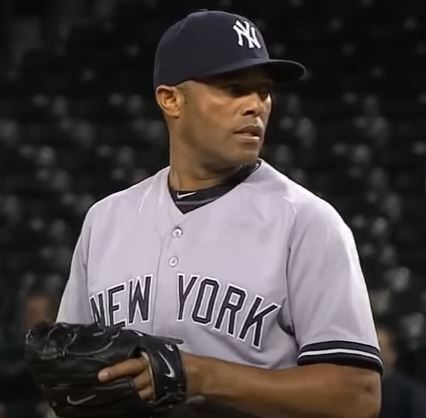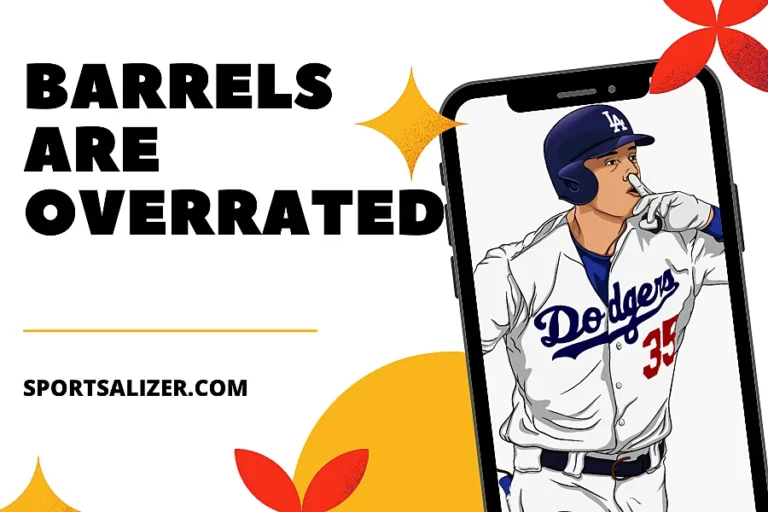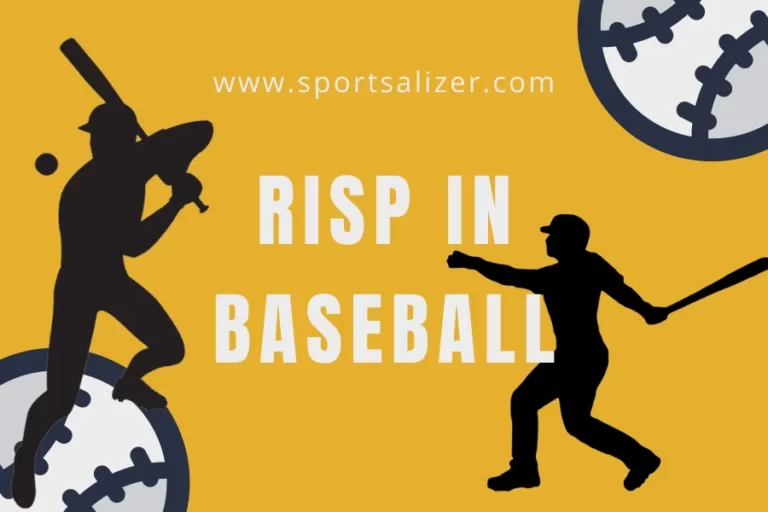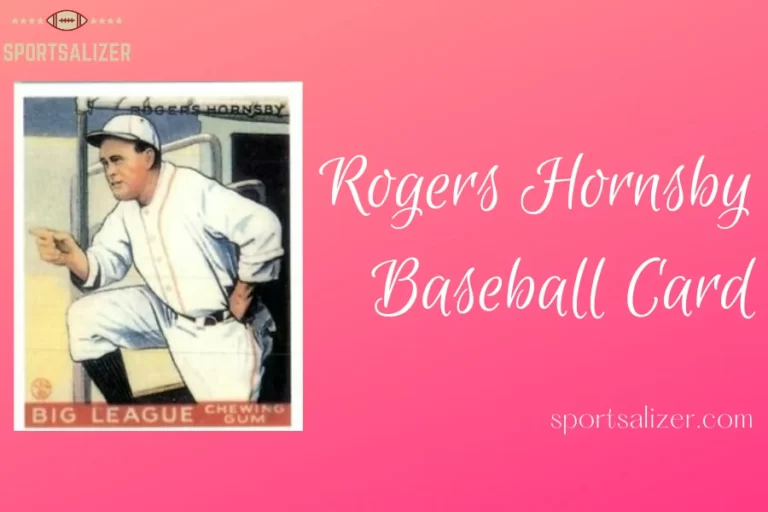CP in Baseball: Learn about one of the 3 Types of Pitchers now

We have already discussed the three types of pitchers in Baseball. But we are yet to provide a detailed description of the “Closing Pitchers,” as commonly referred to as CP in Baseball. The other two types of pitchers are Starting Pitchers or SP and Relief Pitchers or RP.
It should not surprise you that the Closing Pitcher or CP in Baseball is a type of Relief Pitcher. The Relief pitcher is subdivided into several categories, and CP in Baseball is one of them. They are generally considered the best Relief Pitchers, and they enter the game in the “final inning” when their team already has a “lead.”
Contents
Significance of the CP in Baseball
There are various types of Relief Pitchers in Baseball who enter the game at different times, depending on the decision of the strategy managers. The CP in Baseball is kept till the last inning to give the team that extra edge when it already has a lead in the game.
If a CP in Baseball can perform efficiently and up to the mark, then they have the opportunity to earn a “Save.” So what is this term “Save” that we are referring to? This is a special award given to the relief pitcher who finishes the game and wins the match for the team. However, certain circumstances are necessary for awarding the “Save” to the CP in Baseball. Here are the conditions that qualify a Closing Pitcher to earn the Save while maintaining the lead for his team.
- It is necessary for the Closing Pitcher to at least pitch for three innings and not less than that.
- The CP in Baseball should enter the game when the team he is playing for is already leading. But in this case, one thing needs to be taken care of: his team should not lead the other team by more than three runs.
- The CP in Baseball is entering the game, with the tying run either in the “on-deck circle,” at the “plate” or on the “bases.”
Advantages of having the CP in Baseball
There are reasons behind the Strategy Managers keeping the best Relief pitchers till the last of the game.
In general, closing pitchers are used in Baseball because the defense gains an edge by bringing in a relaxed pitcher specializing in pitching in high-stress circumstances. Good closing pitchers give their side the best chance of success by throwing in the game’s final inning.
Even while it may seem paradoxical to bring in a new pitcher for only three outs, getting the final three outs of a game can be the most difficult three outs to get, especially when the game is on the line. Closing pitchers also benefit from pitching in numerous games at once.
If you wonder why the CP in Baseball can play multiple games in a row, here is the explanation!
Unlike regular Relief pitchers, Closing Pitchers are only required to make three outs each time they pitch, allowing them to be rested and ready to throw multiple days in a row. Closing pitchers are usually the team’s finest relief pitchers, and having your best reliever available for numerous days in a row can help your team win more games.
Closing Pitchers vs. Relief Pitchers vs. Starting Pitchers

CP in BaseballRP in baseball SP in Baseball
They are the pitchers who enter the game at the end. They can enter the game anytime from the second inning. They stay in the game from the beginning of the match.
CP has no subcategories in Baseball since the closing Pitcher itself comes under the Relief Pitcher Category. There are multiple subcategories for Relief Pitchers like Long Relief Pitcher, Set Up Man, Middle Relief Pitcher, Left or Right Handed Specialist, and many others. There are no subcategories for Starting Pitchers in Baseball.
They are the best Relief Pitchers that the Strategy Managers keep playing in the game’s final innings. Relief pitchers are frequently seen on a team’s roster that ranges between nine to thirteen players. A starting pitcher is a pitcher who takes the mound at the start of a game, and this position is usually reserved for four or five players on a team.
They have the opportunity to earn a “Save” Other types of relief Pitchers like the LRP, MRP, and others do not have the chance to earn a “SAVE.” Starting Pitchers are there at the beginning of the game, so there is no provision to earn a Save.
Other Types of Relief Pitchers
Closing Pitchers or CP in Baseball are a type of Relief Pitcher. However, there are other types of RP in Baseball as well. Let us give you a brief insight into the different types.
- The very first category is the Long relief pitcher. They come in the game to “relieve” the Starting Pitchers after the first inning and somewhere before the fifth inning of the game.
- After the Long Relief Pitcher comes the Middle Relief Pitcher or as commonly referred to as the “MRP.” They enter the game during the sixth or seventh inning and they can replace any pitcher and not necessarily the Starting Pitchers.
- The third type is the “Set Up Man” or SU in Baseball. They are the ones that pitch in the game for just one inning, that is just before the closing pitcher enters after the eighth inning. They are even considered to be the second-best relief pitchers after the “Closing Pitchers” in the entire baseball team.
- A left-handed specialist in Baseball is a reliever who throws left-handed and specializes in pitching to left-handed batters, weak right-handed batters, and switch-hitters who bat poorly right-handed.
FAQs on CP in Baseball
What are Baseball’s nine positions?
Baseball has nine standard positions ruled more by expertise and tradition than laws. Pitcher, catcher, first baseman, second baseman, third baseman, shortstop, left fielder, center fielder, and right fielder are the positions.
Is it true that relief pitchers are worse than starters?
So although starting pitchers are anticipated to rest several days before pitching in another game due to the number of pitches thrown, relief pitchers are expected to be more adaptable and pitch in more games but with fewer innings pitched.
Who is the best CP in Baseball of all time?
The best CP of all time has to be Mariano Rivera, with 608 saves in his entire MLB career and the highest of all time.










